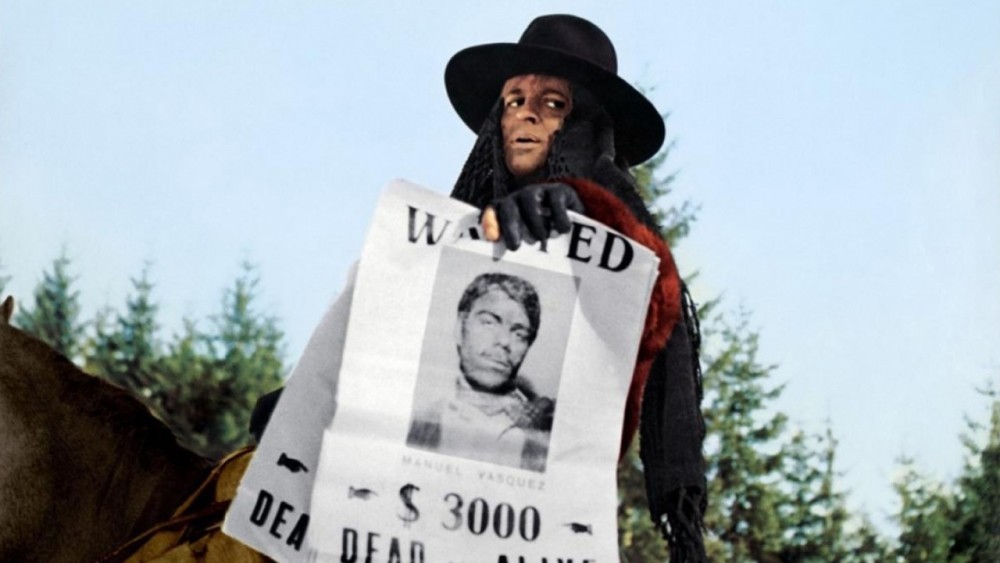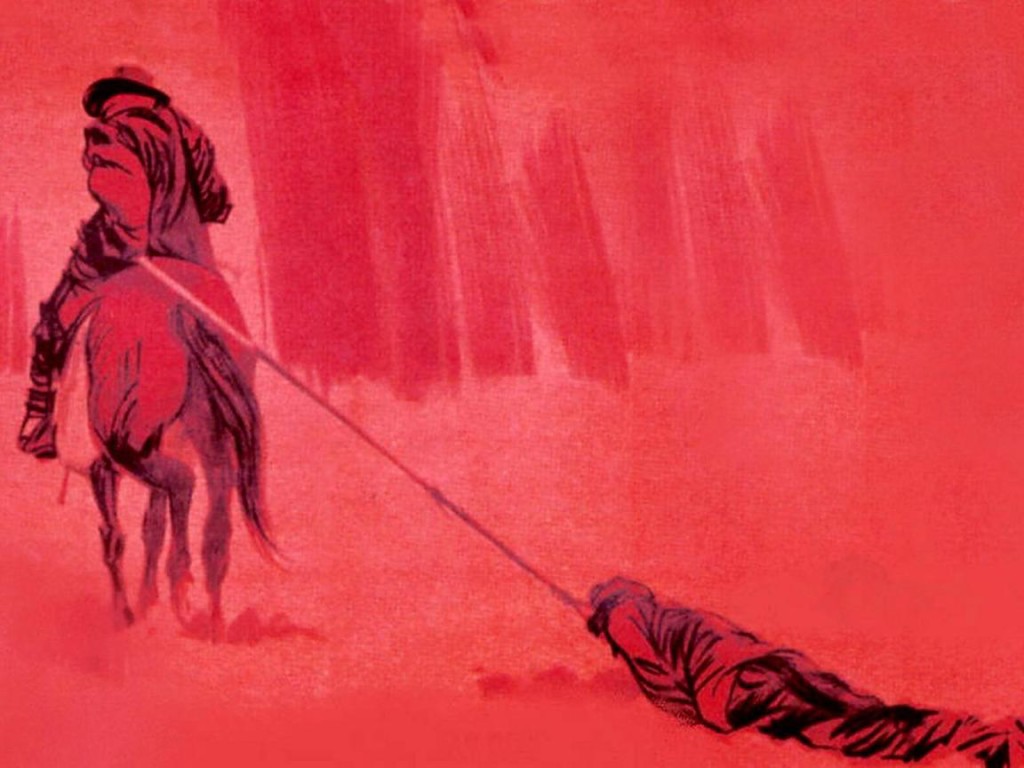Here’s the deal:
Spaghetti westerns kinda saved movies. If you look at the history of film, there is a dark era from the ‘30s to the ‘60s in which the Hays Code hovered over cinema like the blazing sun at high noon. The code made sure that sex, violence, profanity and drug use stayed firmly in check and out of the public’s eyes and minds, protecting everyone from that nagging phenomenon known as reality.
But after a few dead presidents and civil rights leaders, things took a bit of a turn. A bevy of new and challenging films started to appear in the mid-sixties onward, and spaghetti westerns, with their violence, sexuality and moral ambiguity, were some of the most entertaining of the lot. Sergio Leone, director of the Dollars trilogy, was the master of the genre.
But Sergio Corbucci got the shaft.
Corbucci was an Italian director, who, along with proving that the name “Sergio” must be like “John” over there, was a filmmaker of considerable talent constantly in the shadow of Leone. His career never reached the same heights as Leone’s did, but some of his work matches, if not exceeds, the work of his rival.
The Great Silence is a fine example.
The film is set in the snow-capped Utah mountains and features a mute gunslinger, a sadistic bounty hunter, a ton of bloodshed and a smoking hot widow. To say too much is to ruin a lot of the film, but let me state that Klaus Kinski, the villain of the piece, is mesmerizing, and the score by Ennio Morricone, while a bit more subdued than his well-known works, is atmospheric and memorable.
https://www.youtube.com/watch?v=TiquNvyFe4U
The winter setting adds a certain presence as well. Corbucci stated that he disliked the fact that all westerns looked the same, due to always featuring a dry and arid climate. Thus, he changed the setting for this film accordingly, much as he did for his film Django (the partial inspiration for Tarantino’s great Django Unchained), another enjoyable and grisly western that finds its hero stuck in a rain-drenched and muddy locale.
Along with these distinct visual choices, there’s a rawness to Corbucci’s work as well. Though his cinematography often lacks the grandeur and exactness of Leone’s steady eye, the sheer brutality of the events shown onscreen, some of which put anything seen in the Dollars trilogy to shame, more than makes up for the occasional lack of polish.
The Great Silence is available on DVD, and if you plan on seeing it, I suggest that you avoid reading anything concerning the film beforehand, including any blurbs on the packaging. The wrong comment can really hurt your enjoyment of the movie, as I myself knew much more going into it than I would have liked.
But seriously, since when are wolves afraid of wolves?


